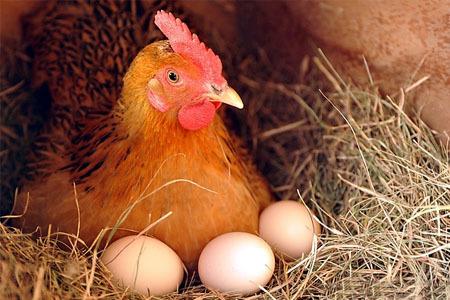技术中心
在自然交配群体笼中,蛋箱对蛋鸡的恐惧、应激和羽毛损伤的影响
查看次数:10078
时间:2019-11-22群体笼是我国蛋鸡自然交配过程中常常用到的。然而,在此系统中,往往出现啄羽(FP)的问题,并且FP引起的羽毛损伤需要得到缓解。本研究的目的是探索群体笼中放置产蛋箱对蛋鸡的影响。

每个群体笼中饲养10只公鸡和90只产蛋母鸡,放置产蛋箱,评估其对鸡只年龄、羽毛损伤和性行为、生育能力以及恐惧程度的影响。甲状腺激素被认为是家禽各种应激状态的生理指标,可能与羽毛覆盖度的质量有关。对照组和蛋箱组各有12个重复,共计24个相同的笼子。采用SPSS统计软件22.0中的线性混合模型进行分析。
数据显示,与蛋箱组比较,对照组母鸡身体4个主要部位(背部、臀部和尾部、腹部)的羽毛损伤比例明显增加(P < 0.05);随着蛋箱放置时间的延长,从41~47周,以及53周的时候,从产蛋数、坐卧数和使用蛋箱的母鸡数、参观数可以看出使用量的增加。两组间母鸡的生育力、交配发生次数和完全交配行为没有显著差异。在43、49和55周龄时,对照组母鸡的紧张性持续时间更长(P < 0.05)。两组间三碘甲状腺氨酸或甲状腺素浓度没有差异,但是对照组鸡只皮质酮浓度显著高于蛋箱组(P < 0.05)。
综上所述,在产蛋阶段使用蛋箱,母鸡的啄羽频率降低、减少了羽毛破坏、降低了血浆皮质酮分泌,减少了恐惧感。
Effects of nest boxes in natural mating colony cages on fear, stress, and feather damage for layer breeders
Colony cages are commonly used in China for the natural mating of layer breeders. However, feather pecking (FP) is a major problem in this system, and feather damage mainly due to FP needs to be alleviated. The objective of this study was to investigate the effects of nest boxes provided in colony cages. Each colony cage confined 10 roosters and 90 laying hens. The use of nest boxes as it relates to age, feather damage, sexual behavior, fertility, and fearfulness was evaluated. Thyroid hormones, which are considered to be physiological indicators of various forms of stress in poultry and may be correlated with the quality of feather coverage, were also tested. The control group and the nest box group each had 12 replicates, totaling 24 identical cages. Analyses were conducted using the linear mixed models procedure of SPSS Statistics 22.0. The results showed that the control group had a significantly higher proportion of hens with feather damage to 4 specific body regions (back, rump, tail, and belly) compared to the nest box group (P < 0.05).
Increasing the use of the nest boxes took place from weeks 41 to 47 and at 53 wk of age, as seen by the percentage of eggs and number of sitting events in the nests, number of hens using the nests, and frequency of visits. There were no significant differences in fertility, the occurrence of mounting, or full copulation behavior between the 2 groups. Hens in the control group showed a significantly longer duration of tonic immobility at 43, 49, and 55 wk of age (P < 0.05). No significant differences were found between groups for the concentration of triiodothyronine or thyroxine, but a significantly higher concentration of corticosterone was measured in the control group than in the nest box group (P < 0.05). In conclusion, hens with access to nest boxes during the laying period had a decreased FP frequency, fewer damaged feathers, lower plasma corticosterone secretion, and were less fearful. This information contributes to the understanding of the FP behavior and stress sensitivity of layer breeders, which will provide a basis for the development and optimization of the colony cage equipment.
文章来源:猪营养国际论坛
【免责声明】:文章来源于网络,我们对文中陈述观点判断保持中立,并不对文章观点负责。仅供读者参考。版权属于原作者。
 津公网安备 12019202000536号All Rights Reserved.技术支持:东方网景
津公网安备 12019202000536号All Rights Reserved.技术支持:东方网景








